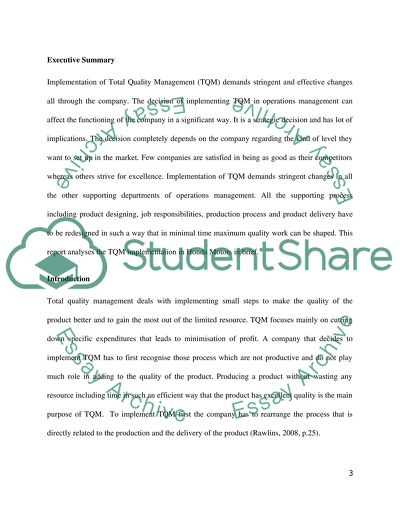Cite this document
(“Operations Management: Honda's Quality Management Essay”, n.d.)
Retrieved from https://studentshare.org/environmental-studies/1423035-operations-management-honda-s-quality-management
Retrieved from https://studentshare.org/environmental-studies/1423035-operations-management-honda-s-quality-management
(Operations Management: Honda'S Quality Management Essay)
https://studentshare.org/environmental-studies/1423035-operations-management-honda-s-quality-management.
https://studentshare.org/environmental-studies/1423035-operations-management-honda-s-quality-management.
“Operations Management: Honda'S Quality Management Essay”, n.d. https://studentshare.org/environmental-studies/1423035-operations-management-honda-s-quality-management.


